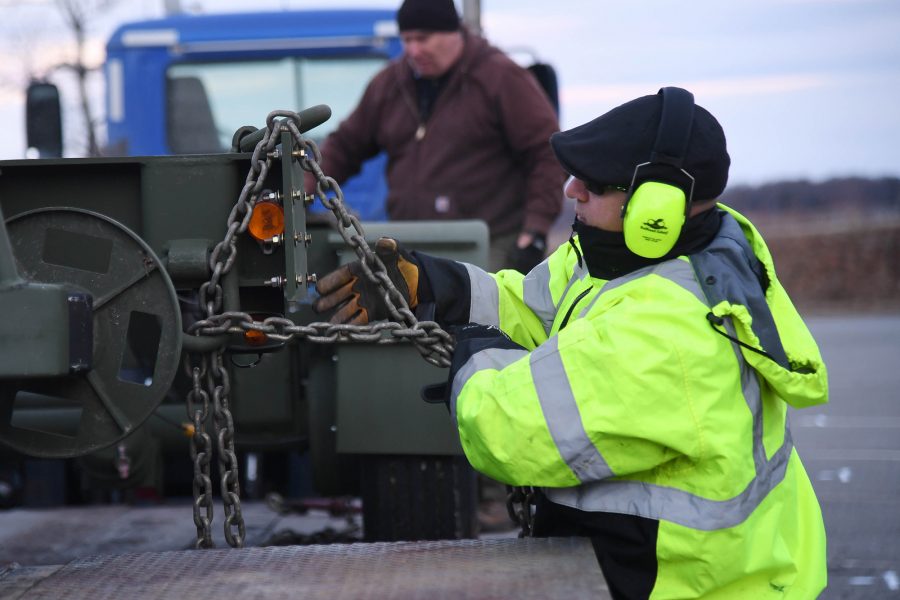The Air Force wants to breathe new life into its Three-Dimensional Expeditionary Long-Range Radar Program that has tried to replace an older radar system for years.
Inside Defense reported Jan. 8 the service plans to cancel Raytheon’s 3DELRR development contract because of “numerous technical and supplier challenges.” Raytheon won the original engineering and manufacturing development contract in 2014, which Lockheed Martin and Northrop Grumman successfully challenged through the Government Accountability Office.
Raytheon appealed the decision to restart the competition in federal claims court and received another EMD contract in 2017. That year, the Air Force said it expected to fully replace the aging AN/TPS-75 “Tipsy 75” radar with 3DELRR by the end of the 2020s.
USAF wants a new radar that is more powerful, easily transportable, and faster than Tipsy 75, which can track airborne objects more than 200 nautical miles in all directions and detect aircraft as high as 95,000 feet. 3DELRR should also be able to track ballistic missiles.
“3DELRR will be the long-range ground-based sensor for detecting, identifying, tracking, and reporting aerial targets for the Joint Force Air Component Commander through the Theater Air Control System,” according to the Air Force.
Now, the service will hold an industry day Feb. 4 at Hanscom AFB, Mass., to find contractors that can demonstrate production-ready radar systems within the next nine months.
“The intent of the event is to announce 3DELRR’s new acquisition strategy and discuss the government’s plan to hold a production-ready radar system demonstration,” dubbed “SpeedDealer,” the Air Force said in a recent notice.
The service’s fiscal 2020 budget request shows Raytheon was supposed to deliver its first developmental unit late this calendar year, ramping up to full production rates by the middle of the 2020s.
Raytheon did not immediately comment on the contract news Jan. 8.


